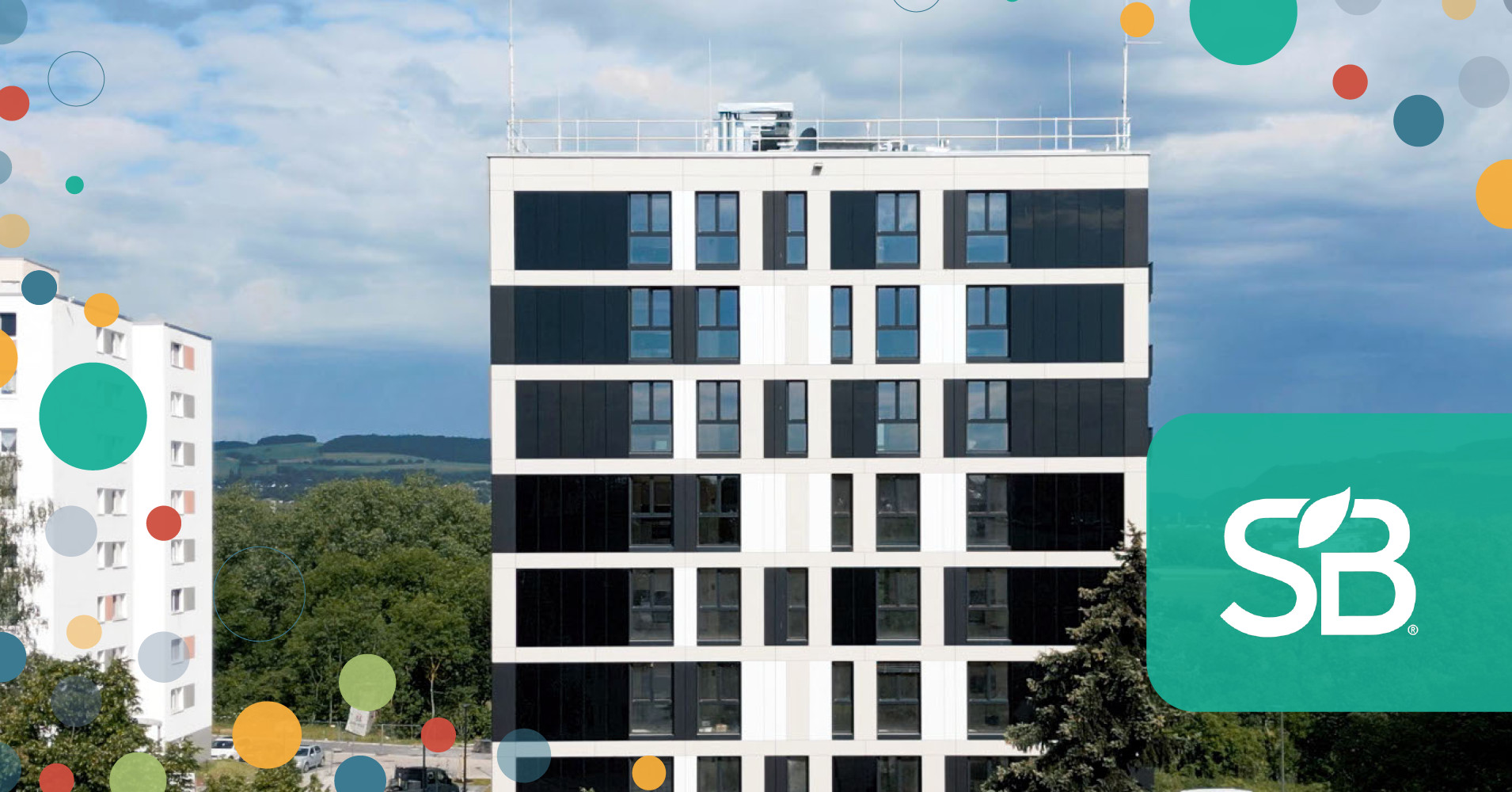Published 12 hours ago.
About a 4 minute read.
Image: Construction-tech company Gropyus builds climate-positive, affordable,
accessible, modular living communities. | GROPYUS
The Ellen MacArthur Foundation outlines six circular strategies to transform
Europe’s built environment that will boost economic activity, increase climate
resilience, and make cities more vibrant places to live and work.
A new report by the Ellen MacArthur Foundation asserts that transforming how
European towns and cities are built could unlock massive economic, environmental
and social benefits by 2035.
Building Prosperity: Unlocking the potential of a nature-positive, circular economy for Europe calls
for the adoption of six circular strategies to transform and optimize Europe’s
built environment. This will boost economic activity, increase climate
resilience, and make cities more vibrant places to live and work.
Key findings from the report include:
-
A circular transformation of Europe’s towns and cities could address 90
percent of housing needs while avoiding urban sprawl half the size of
Belgium. -
Business and society can reap €733 billion in yearly benefits by 2035.
-
Households and local businesses could gain €22 billion annually,
including through lower energy and water bills. -
A circular approach could save 250 million tonnes of construction
materials annually. -
Sustainably optimized cities will cut emissions equal to taking 12 million cars off
the road and keep cities cooler during heat waves.
Europe’s nature is being destroyed at an unprecedented rate, with the region’s
climate heating faster than any other continent — while economic
losses
from heat waves, droughts and floods are predicted to escalate.
The built environment significantly contributes to this. The construction sector
accounts for the largest share of Europe’s material footprint, generating more
than 35 percent of its total waste and over a third of greenhouse gas emissions.
“Europe’s built environment is central to its economy, but it is currently too
resource-intensive and disconnected from nature. It doesn’t have to be this
way,” says Jocelyn
Blériot,
Ellen MacArthur Foundation’s Executive Lead for Policy & Institutions. “The
circular economy, in contrast, gives us the tools to maximize the expansion of
green space, to make the most of existing buildings and to make better design as
well as material choices.
“Our research has identified six strategies, rooted in circular economy
principles, which can unlock this potential — delivering widespread benefits to
business, society and the environment.”
6 circular strategies to optimize Europe’s built environment
The Foundation spotlights Europe’s cities as pivotal economic powerhouses with
the potential to contribute to a prosperous and resilient European economy. The six strategies for achieving this fall under three themes:
The report asserts that the six strategies can together unlock €575 billion
of potential revenue annually across the built environment value chain. In many
cases, these revenue opportunities are ready to be seized now, with low barriers
to implementation.
The Foundation calls on the building sector to build on recent progress made by
policy and business, and collaborate to use emerging technologies to scale the
circular economy.
“In our built environment, every building, every street, every neighborhood
offers us a chance to embrace innovative circular design,” says Jerome
Frost, Chair of Arup
Group and one of the experts that provided input into
the report. “But we will only unlock this positive change at scale by bringing
together designers, policymakers, businesses and investors.
“What is abundantly clear is that nature must become a priority
issue
as we transition towards a regenerative built environment that balances growth
with human and societal wellbeing for long-term prosperity.”
